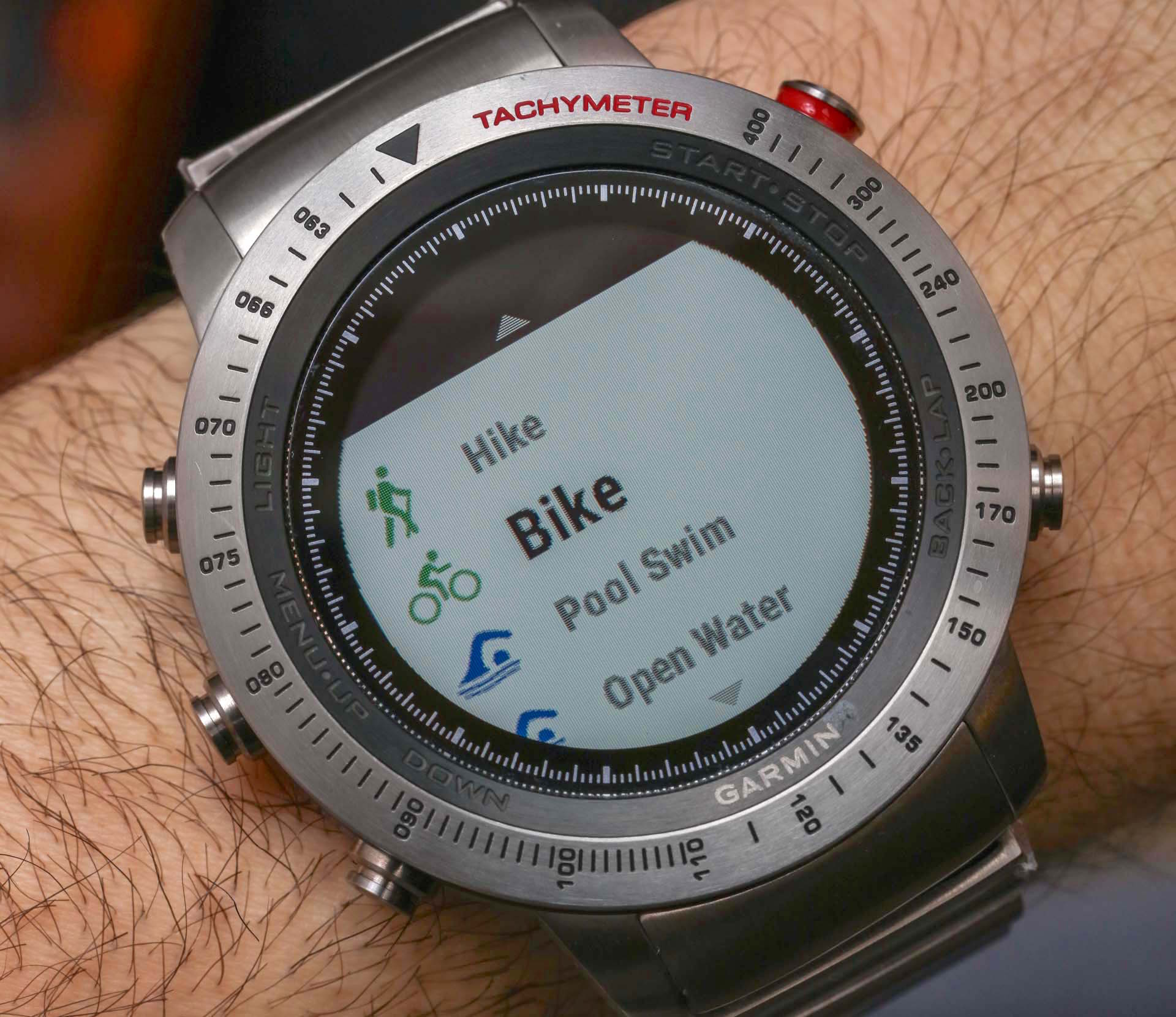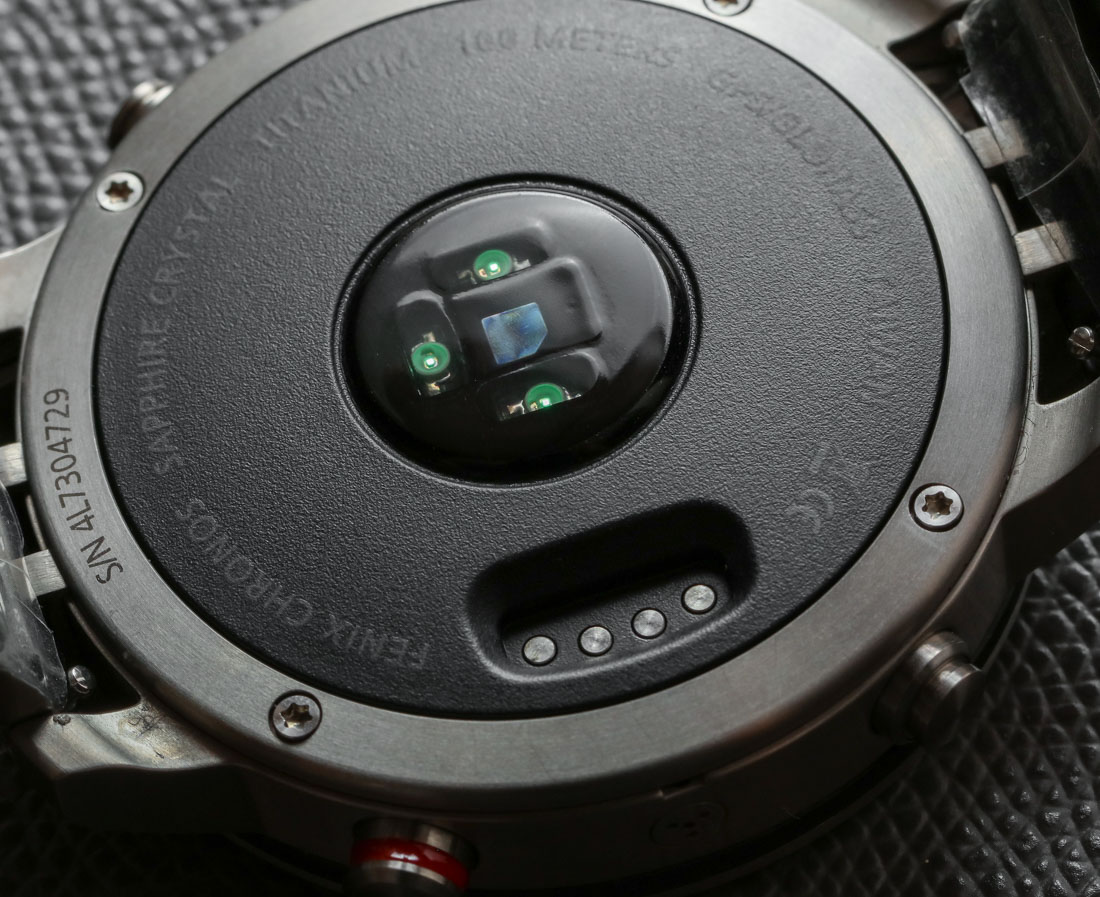
Garmin of course does use GPS in the Fenix collection, but it seems to be mostly used for tracking your workouts – and it does this very well. In addition to tracking your distance and location in two dimensions, it is able to use changes in altitude to track your journey in three dimensions. Given that I like to hike, I found this to be really interesting and cool. While there is no built-in map, the sensitive GPS and GLONASS satellite signal receiver plots out your path while you run, bike, or otherwise explore in real time, and of course you can view your journey after the fact if you choose to save your workout. If you want to know more information about your workout or adventure, then Garmin allows you to use various pieces of software (such as the Garmin Connect smartphone app) to see this data when you sync the Fenix Chronos with other devices such as your phone or computer.
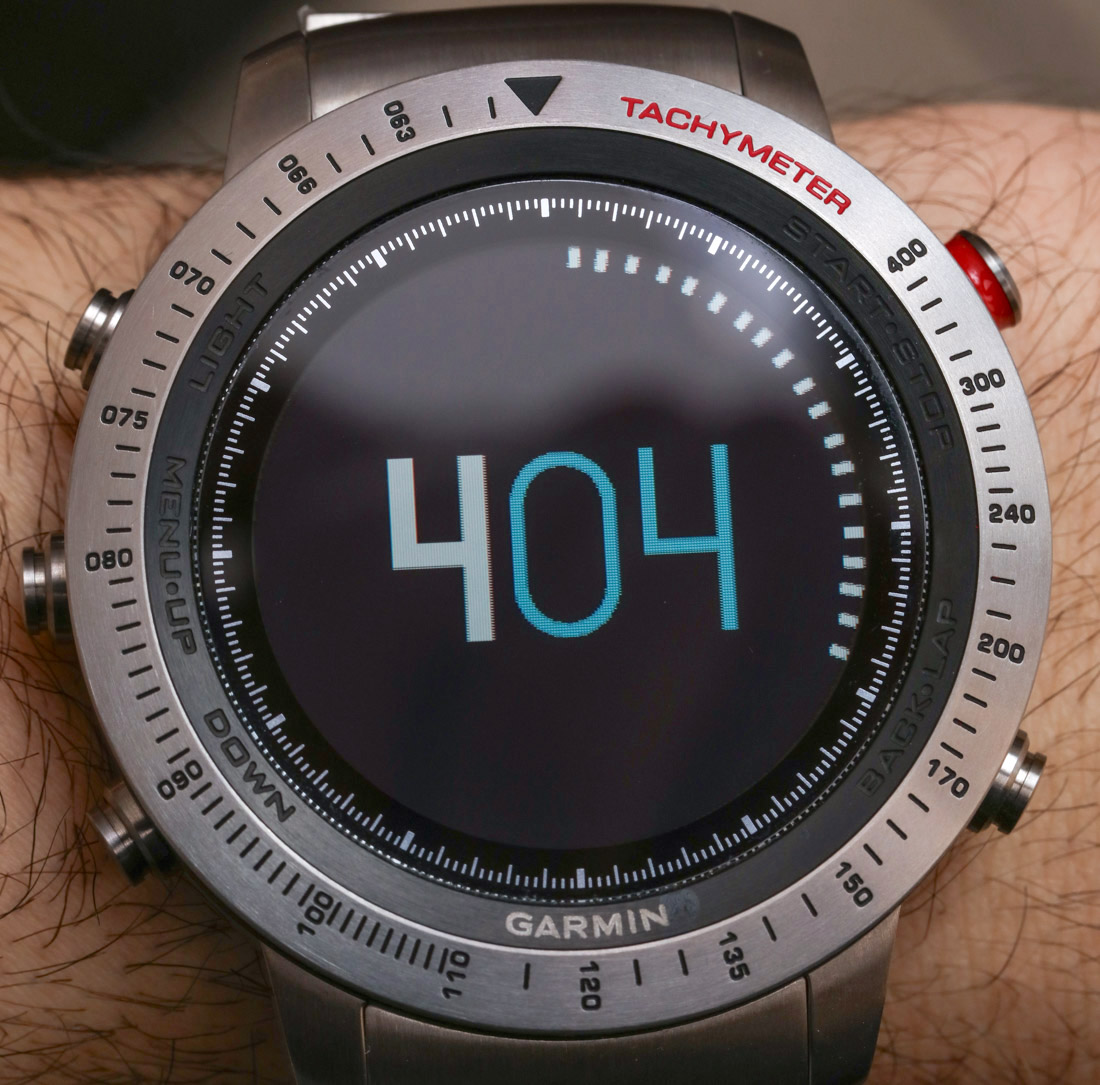
Other built-in senors include a compass, altimeter, accelerometer, thermometer, and barometer. None of these are unique to the Fenix, but I love the intelligent way the data is displayed and the focus on giving the user a lot of ways of both knowing current data as well as history graphs. The Fenix collection was clearly designed and continues to be updated by serious workout enthusiasts who also happen to be data junkies. If you are part of this group, then I do think you’ll really like what the Fenix Chronos offers on the exercise front.

Pretty much all smartwatches I’ve tested require you to actively tell the device not only when you are about to start working out, but also what activity you are doing. My hope is that in the near future this process will be increasingly automated. I totally get why smartwatches aren’t yet smart enough to know when you are biking versus running, but I think that it will be a major user convenience breakthrough when the watch is able to learn what you are doing. This can be done via a learning phase when the smartwatch senses activity that could be exercise, and prompts the user with a notification asking to confirm what they are doing.
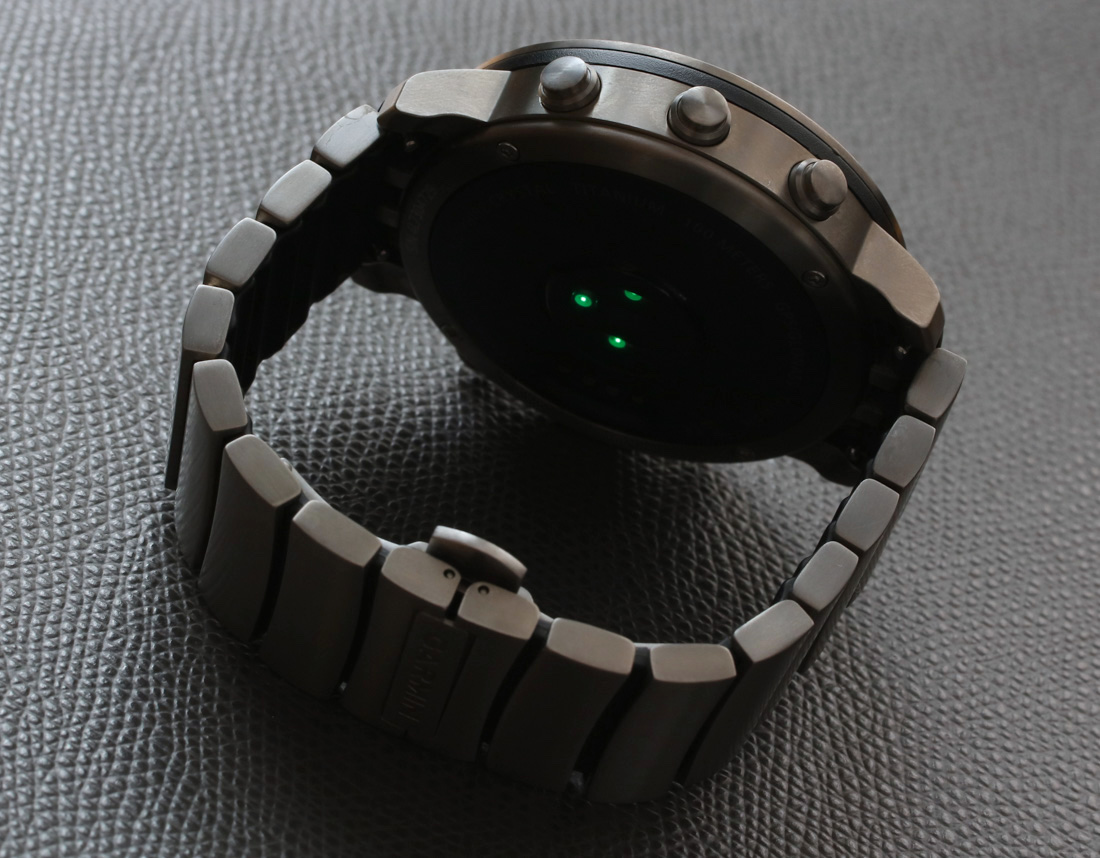
The Garmin Fenix Chronos, like other smartwatches has appreciably loud audible alerts, as well as a strong vibration alert. To me this signals that if the software to learn about your activities is there, the watch has all the tools it needs to ask relevant questions to the user in order make sure. Let me tell you why I think this is important. First, it is inconvenient to remember to tell your watch you are about to work out. I forget pretty much be every single time, and sometimes 10 or 20 minutes into doing an activity, I remember to tell the watch I am exercising. If the whole point of tracking your activity is to collect valuable data, then you really feel behind if your watch failed to collect data because you forgot to tell it to do so. With that said, I am coming from a background of not tracking my exercise with any great detail, and am not a competitive trainer. There are likely a large number of Garmin Fenix customers who have long ago become accustomed to telling their smartwatch or other activity tracking devices when they are about to start working out.
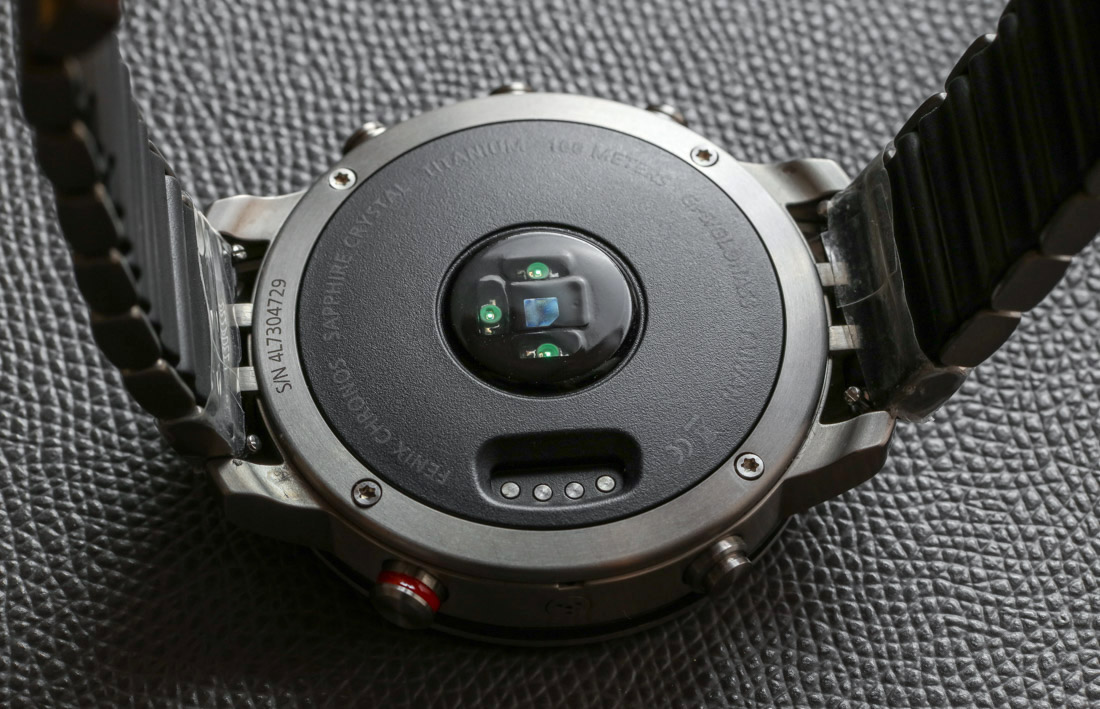
Once you do remember to tell the watch to track your activity, then it begins to collect as much data as it can using all of its sensors. One of the most important sensors on the Fenix Chronos is the green LED-based heart rate sensor that I found to be very precise. I’m not an expert on these systems, but I will say that the Fenix has three LED lights on the back of the watch case, while most others I’ve used such as the Apple Watch have only two lights.
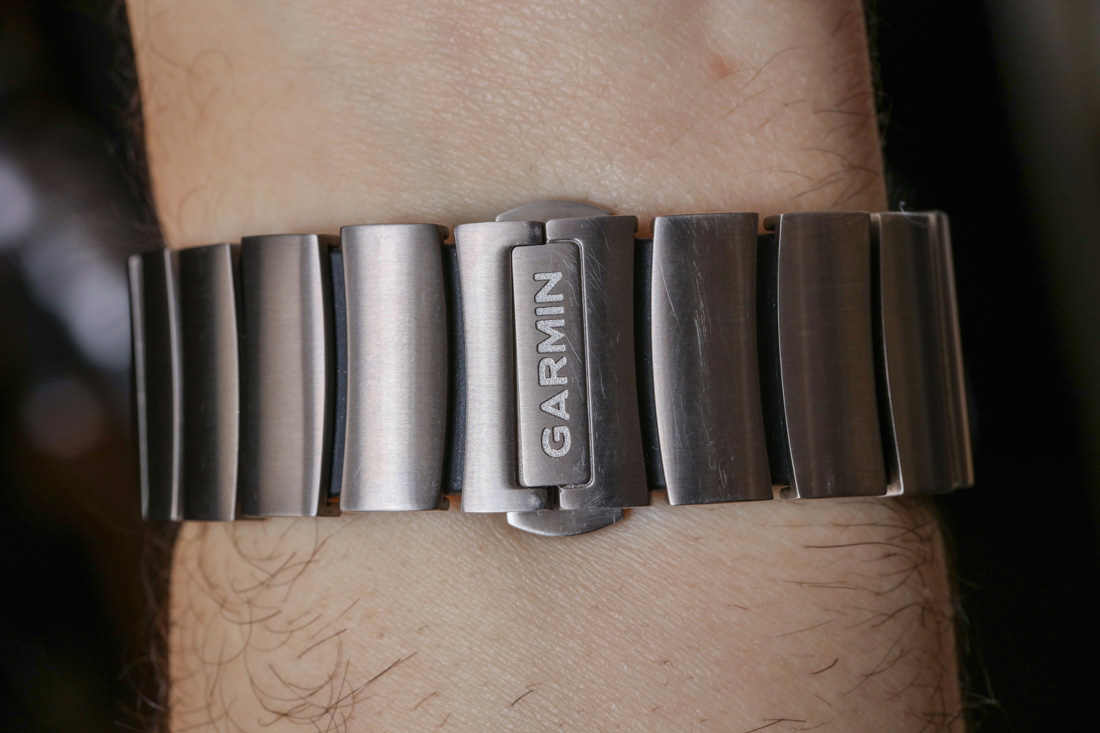
Perhaps the biggest competitor to Garmin at this time is Suunto – whose Spartan Ultra smartwatch is another device that I will also review. Also a great timepiece in its own right, the Suunto Spartan Ultra does not have a built-in heart rate monitor, but rather uses an external chest band accessory which I don’t personally like to use. Having said that, Garmin sells no less than three different heart-rate monitor chest bands that will connect to the Fenix Chronos for special activities.
Going back to the senors, in addition to the hardware being of a very good quality, the data collected by the Fenix Chronos is robust. After your workout, or simply as you wear the watch throughout the day, you can access graphs and real-time details on lots of things ranging from the temperature to your heat rate. Some of these details are easier to access than others, but as a data collection tool for adventurers, I feel that Garmin currently edges out the competition.
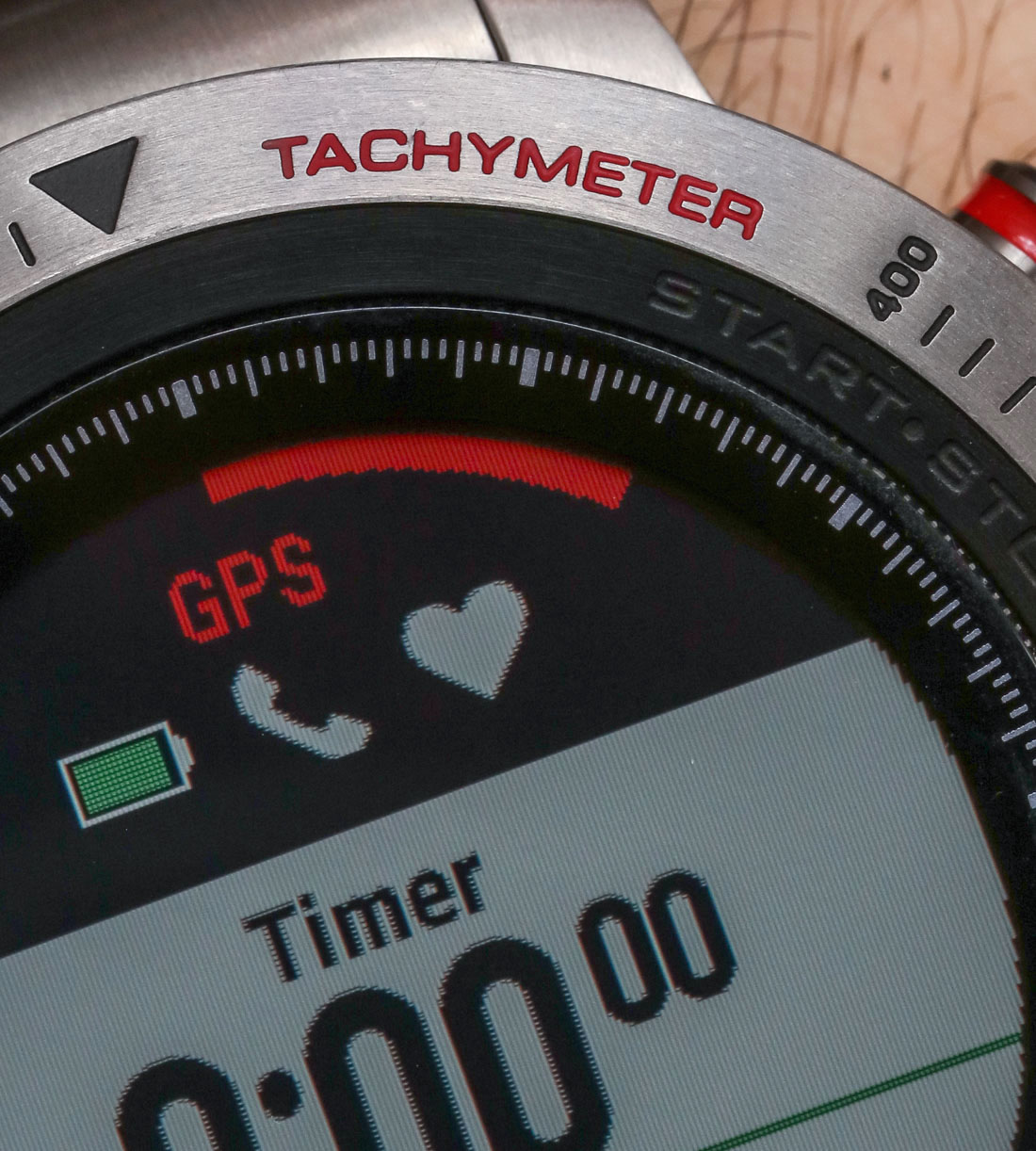
Almost as a side-thought, Garmin also included basic phone and message notification features in the Fenix. You can get alerts about your calls and read through some of your e-mails and text messages on the watch. The large screen makes it pretty easy, but as I said above, if messaging and communication are your main priorities with a smartwatch, then other devices do all that a bit better.
When it comes to apps and expansion, Garmin has its own app market via the Garmin Connect IQ store. I haven’t played too much with this since I prefer to review watches “stock” right outside of the box. With that said, the most promising area of the Connect IQ store for the Fenix Chronos is the intelligent selection of digital watch dials – many of which are genuinely cool and useful. The process to download these apps and watch faces isn’t as simple and quick as on other devices, which is an area I think Garmin can improve on.
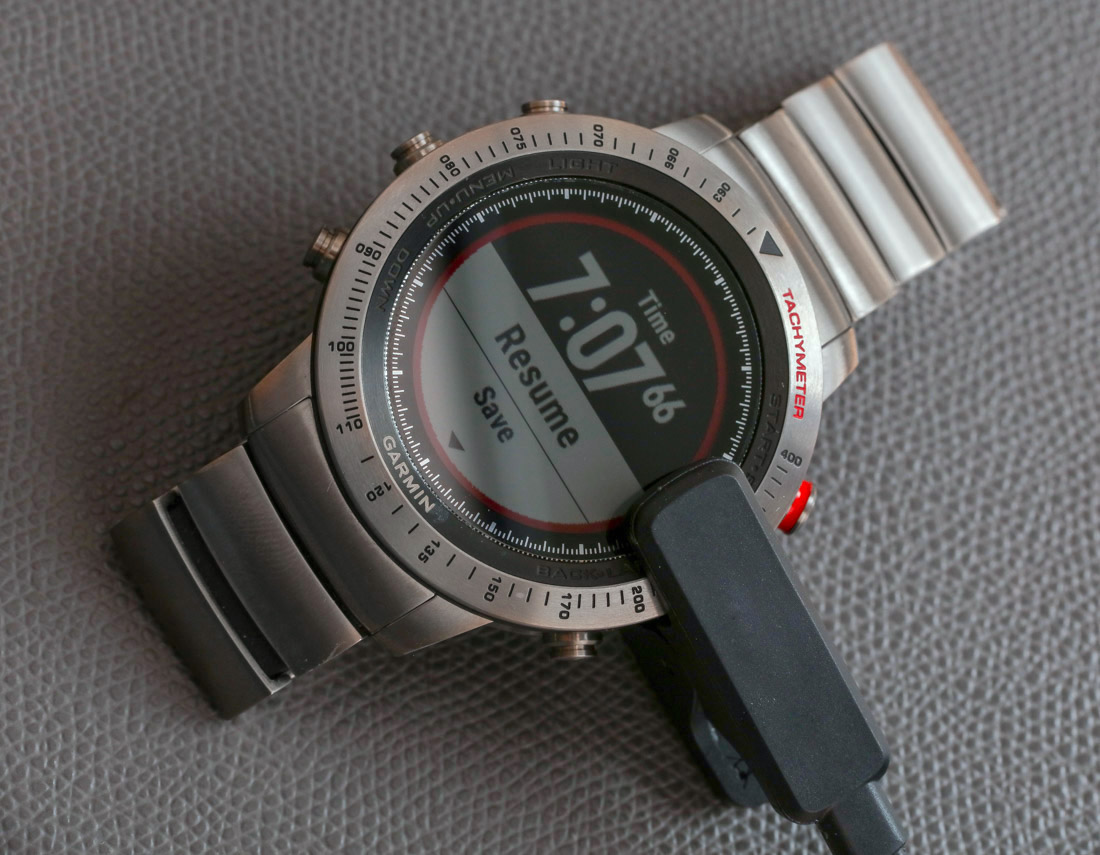
Garmin Fenix Chronos Hardware & Ergonomics
Garmin produces versions of the Fenix in several sizes, including 42mm, 47mm, 49mm, and 51mm wide. Yes, that is a lot of options, but not all variants are produced in each of these sizes. The Fenix Chronos is only available in the 49mm wide size, which is big but wears quite comfortably. You also have the option of getting the Fenix Chronos in either a steel or titanium case. The model I reviewed came in the Grade 2 titanium case, and I have to say that it is the nicest looking Garmin Fenix yet.
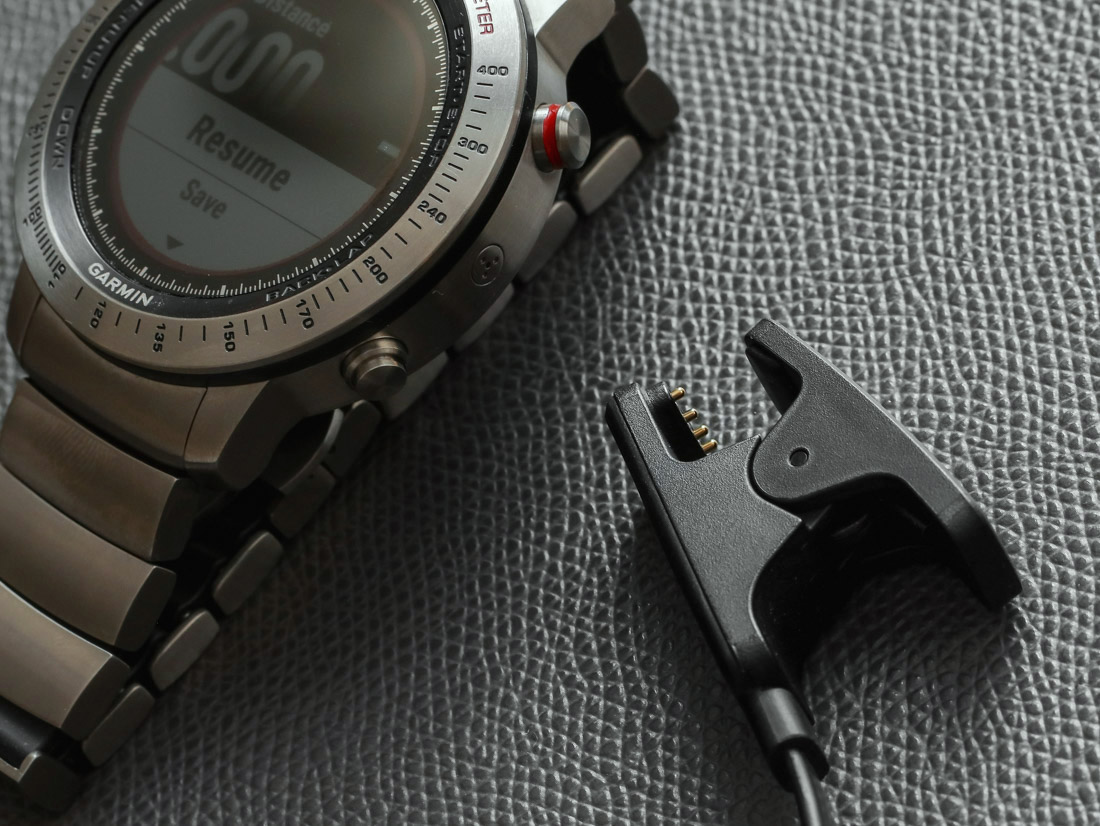
Let me state again that the Chronos is the high-end version of the Fenix. While the Fenix Chronos models don’t appear to have any added functionality, they do boast a better design and materials. Garmin is particularly proud of the “premium experience” offered when getting the Chronos, which includes a fancy wood presentation box. Unfortunately, the pretty box will only get attention when you first receive the timepiece. I would have really liked it if Garmin also included a travel case (especially one with room for the charging cable to be attached to the watch, while it is in the case).

